In today’s article, Richard Johnson reviews the Alloy-X, an EDC flashlight from Princeton Tec. A dual-fuel pen light, the Alloy-X offers 400 lumens in an easy-to-carry package. How well does it perform? That’s what the author sets out to discover. The flashlight was provided to the author by the company for review.
Tactical flashlights are an important part of your self-defense gear. In a purely defensive context, a quality light can help you search dark places, identify threats, and — when appropriate — get rounds on an attacker.
I carry a tactical light everywhere. Having used flashlights in dangerous encounters, I know their value and will never be caught without one.
However, most high-lumen, self-defense flashlights tend to be large with thick bodies. While a CR-123 battery may seem small in comparison to an old-school D-cell, they can still take up a fair amount of space in a pants pocket. Plus, they don’t exactly blend with professional attire.
And let’s not forget that almost all of the uses of these lights are for mundane tasks like finding a dropped ¼” socket in your car’s engine compartment or getting your house key in the lock when arriving home after sundown.
Enter the Alloy-X
The Alloy-X is a thin flashlight that uses a traditional pen light form factor while relying on modern technology to deliver near-tactical light performance. This is something I’ve been looking for. While much of my day is spent in a pair of blue jeans where a Surefire G2X or Streamlight Pro-Tac HL typically ride. However, there are plenty of occasions where something more svelte would be appreciated.
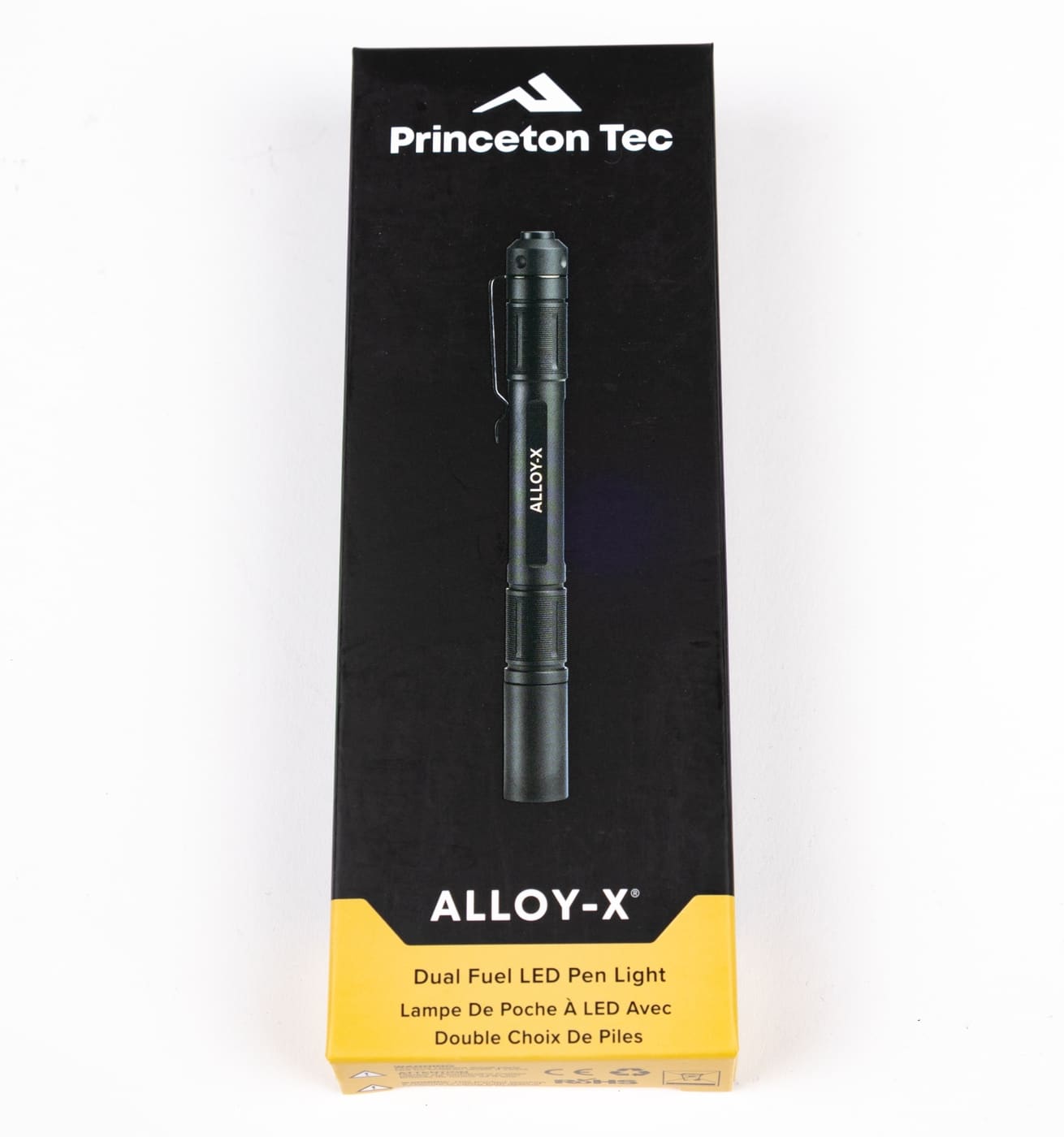
The Alloy-X is much thinner than either of those flashlights. It rides inside a jacket pocket without weighing it down. Likewise, it easily slips into a pocket on a pair of slacks without creating an odd bulge. An integrated pocket clip ensures it stays in place.
It is thin and light. But what are its other features? And what compromises are you making?
Alloy-X Features
One of the first things that people want to know about is the light output. Princeton Tec built the light with three output modes: low, medium and high. On high, the maximum output is 400 lumens. That’s an impressive number.
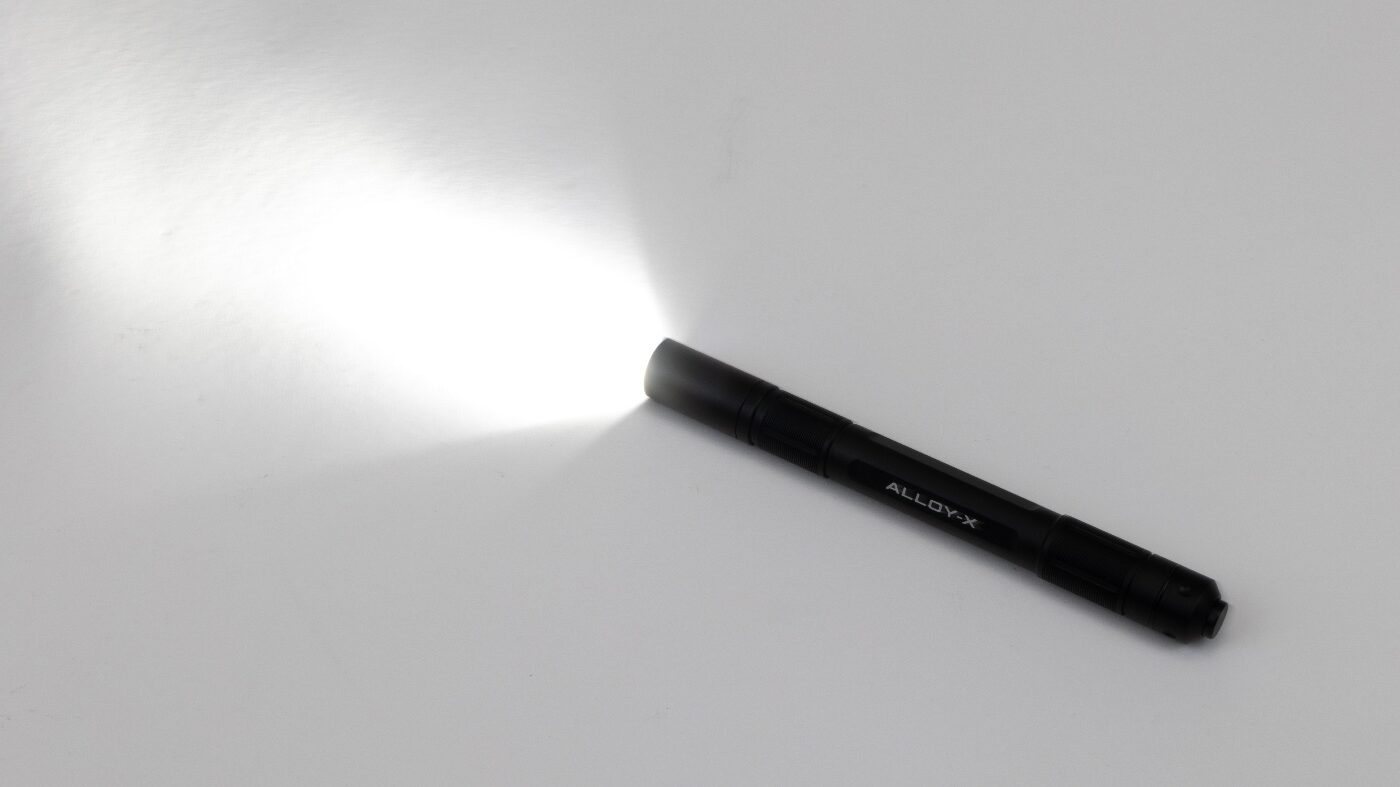
Medium measures 250 lumens while low throws just 4 lumens. I consider these working levels of light — not good for stunning an intruder, but perfectly suitable for a variety of common needs. And they extend the reported runtime from 0.6 hours on high to 1.2 hours on medium and 30 hours on low.
Princeton Tec characterizes the beam as a spot, though it is fairly wide in my estimation. While I could not find a candela measurement for the Alloy-X, I did see the company rated the beam at 56 meters on high. Using the formula of candela = (lux) x (distance)2, that suggests the peak beam intensity of the flashlight is around 3,100 candelas. With 400 lumens, that suggests to me that the beam is more of a flood pattern.
Neither flood nor spot beams are bad. Both are just different ways of using the light output. Ideally, you should find a beam pattern that matches your needs.
For a small light, the Alloy-X is pretty rugged. The metal body handled daily carry with nary a blemish. I found the threads on the body where the flashlight head attaches were smooth and free of burrs.
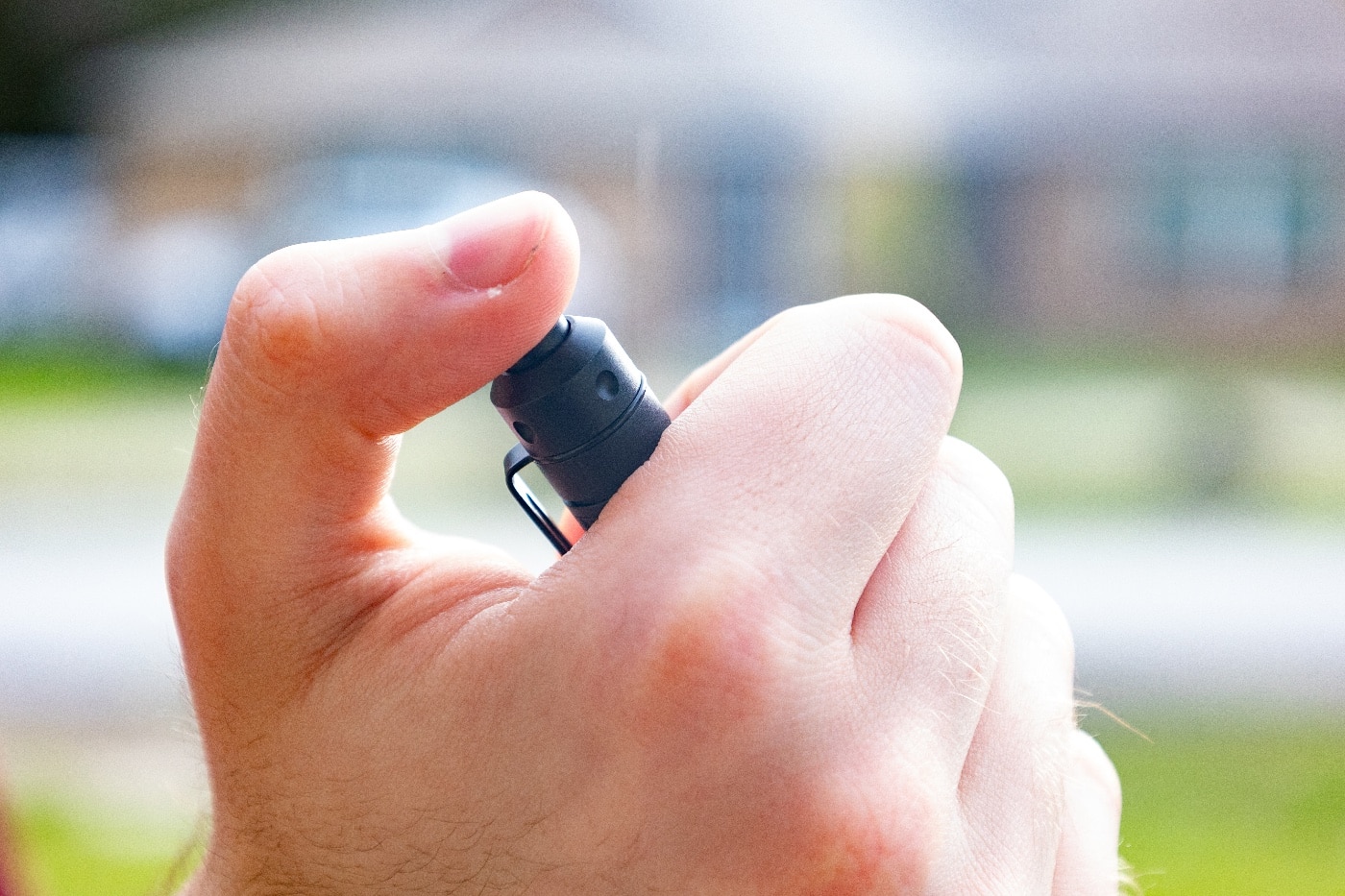
It is rated IPx7 meaning it is waterproof to 1 meter for up to 30 minutes. Mine handled the bottom of a pool for an hour without any issue. A single O-ring on the body where the head threads on seems to be more than enough for shallow depths.
Powering the Flashlight
Most flashlights of this size run on one or two AAA batteries. Princeton Tec provides more flexibility than that.
The Alloy-X is called a “dual-fuel” flashlight, meaning that it can be powered from one of two different battery types. The first is a pair of AAA cells. The second power source is a rechargeable 10900 battery.
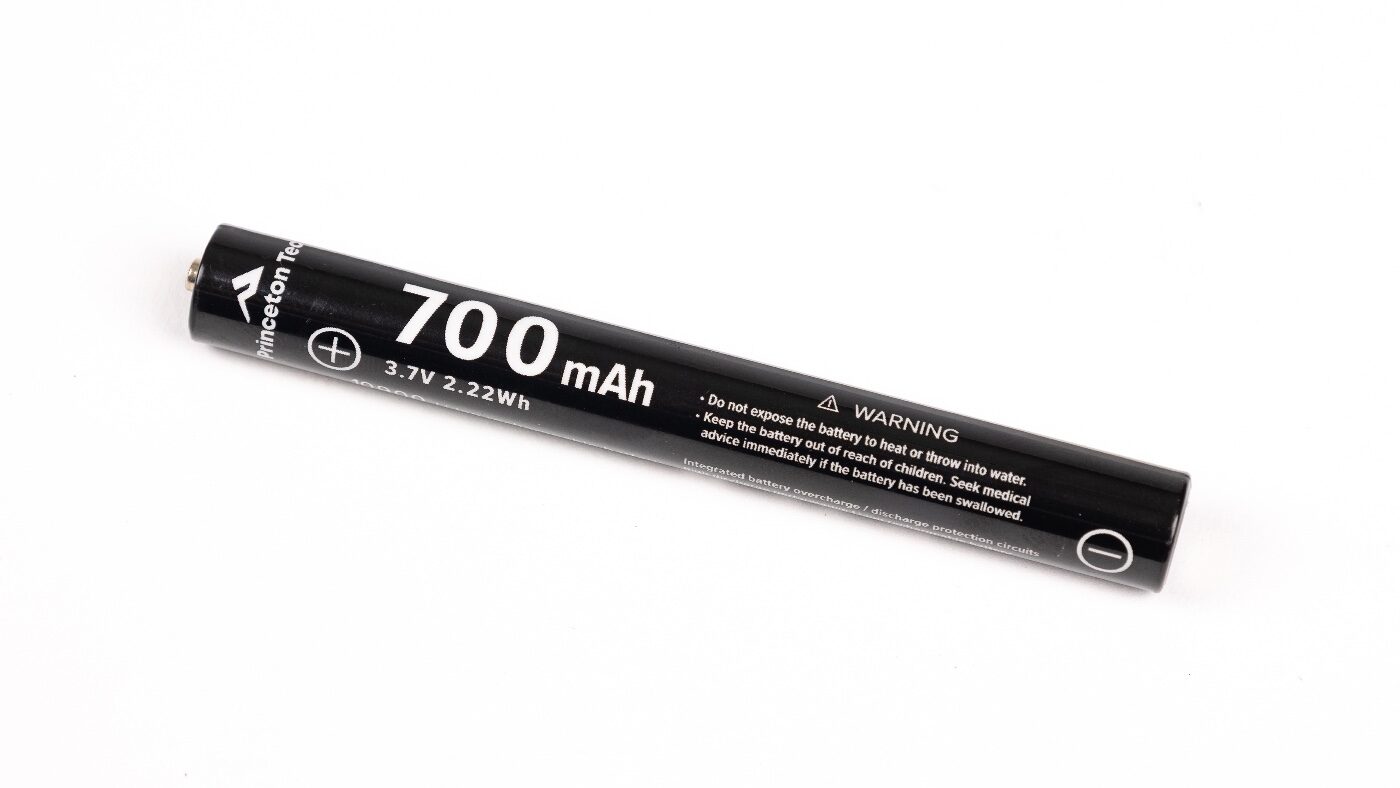
Included with the flashlight, the 10900 battery is branded as Princeton Tec and rated for 3.7 volts with 700 mAh capacity. It uses a Li-ion chemistry and has a USB-C port for charging. No external charging cradles needed.
The general idea is that you run the flashlight on the 10900 rechargeable battery, but if it ever runs dry, you can pop in a couple of common AAA batteries.
Room for Improvement
There is little I would change about this light. Given the opportunity, however, I would change the activation switch.
It is a clicky-type switch made of a rigid polymer. It has a half-press function for momentary on with a full click activating the constant on mode. Repeated clicks rotate you through the output levels. Fairly standard and it works well.
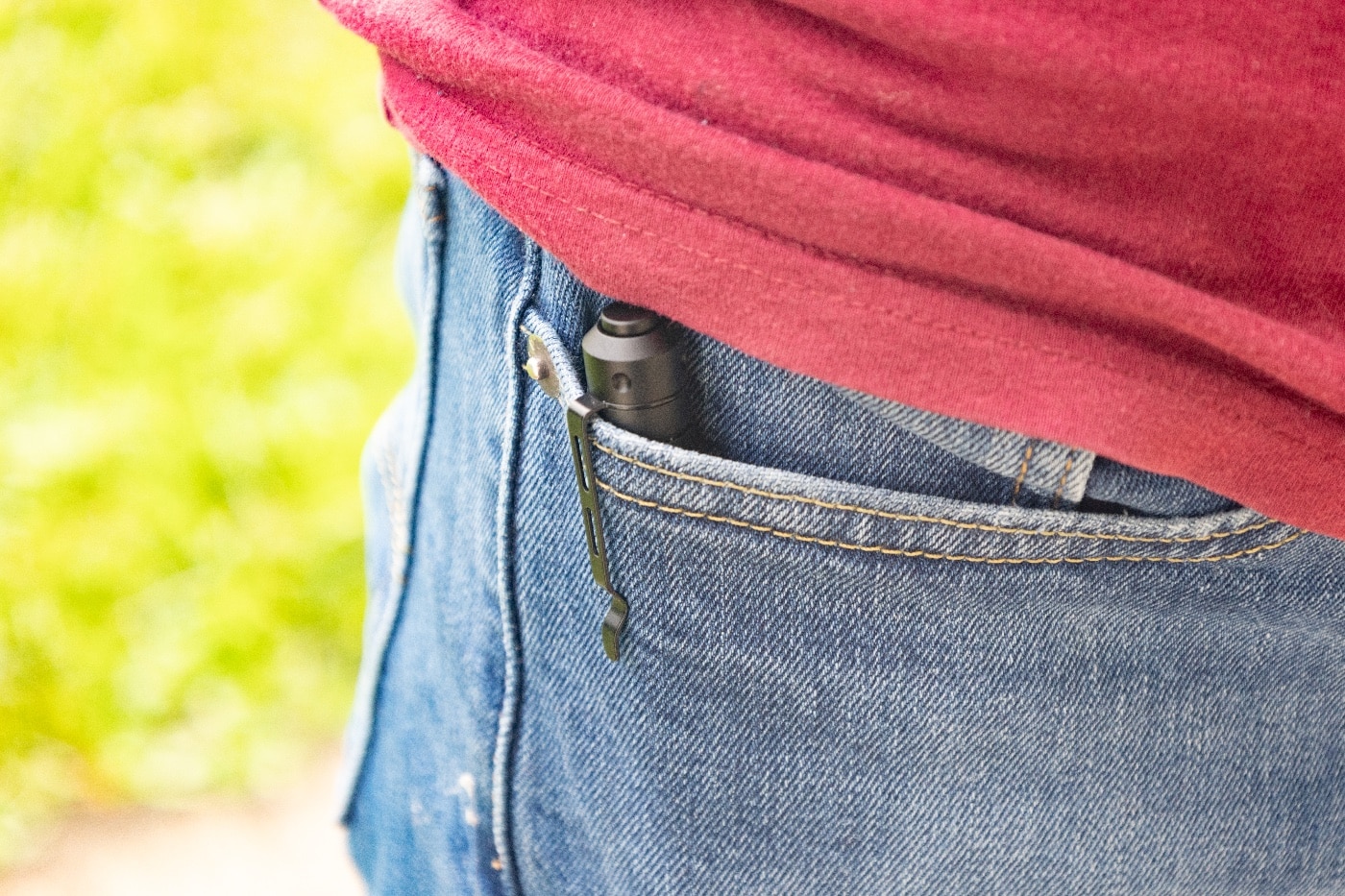
The issue for me is that the initial activation is into the medium output mode. Subsequent clicks take you to low and then high mode. For tactical purposes, I much prefer that the initial output always be on the highest possible output level. When every second counts, I do not want to spend time clicking through different modes to get the one I want.
As an EDC light, this is not a major issue for me. For my uses, an EDC light is a work light and starting in the medium mode is no issue. In fact, that’s the one I used most frequently while testing the light.
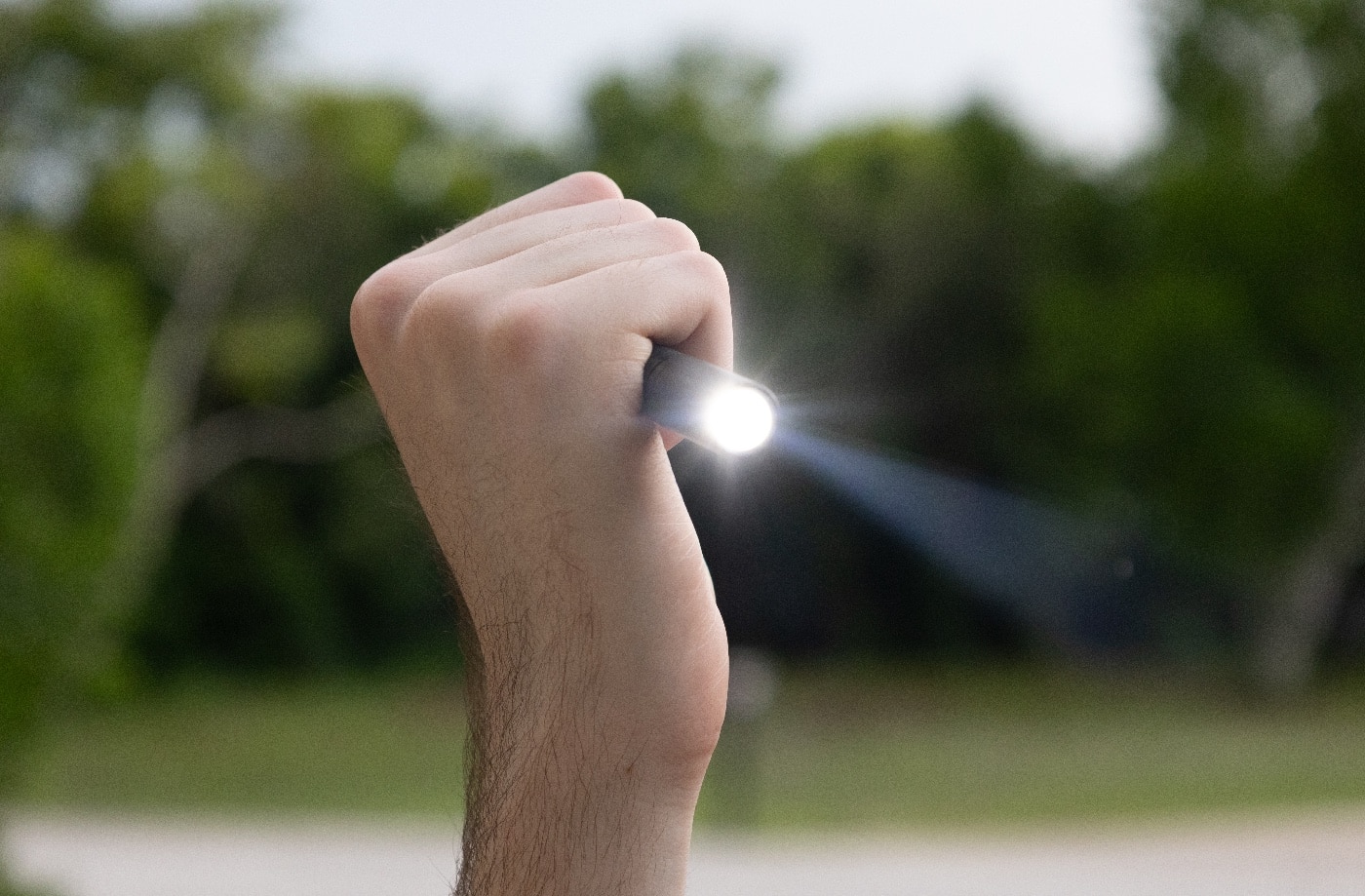
However, Princeton Tec does identify this as a “tactical pen light” on its website. From that perspective, I believe the light should always start in the high mode. If there was a way to program the light, it would be a non-issue. Alas, the flashlight is not user programable.
Final Thoughts
The Princeton Tec Alloy-X is a great lighting tool that performed well during the time I had it. It worked exactly as advertised. I see this as an excellent choice for someone needing a flashlight without the bulk of a typical tactical light. It also makes for an impressive backup to other lights. I feel the $61.99 — including the rechargeable battery and charging cord — is a fair price.
Online, I’ve seen people give the Alloy-X high marks for its performance in everything from cave exploration to automotive maintenance. While it may not be ideal for me as a tactical light, it is an excellent EDC flashlight that I have no qualms with recommending.
Editor’s Note: Please be sure to check out The Armory Life Forum, where you can comment about our daily articles, as well as just talk guns and gear. Click the “Go To Forum Thread” link below to jump in and discuss this article and much more!
Join the Discussion
Featured in this article
Read the full article here





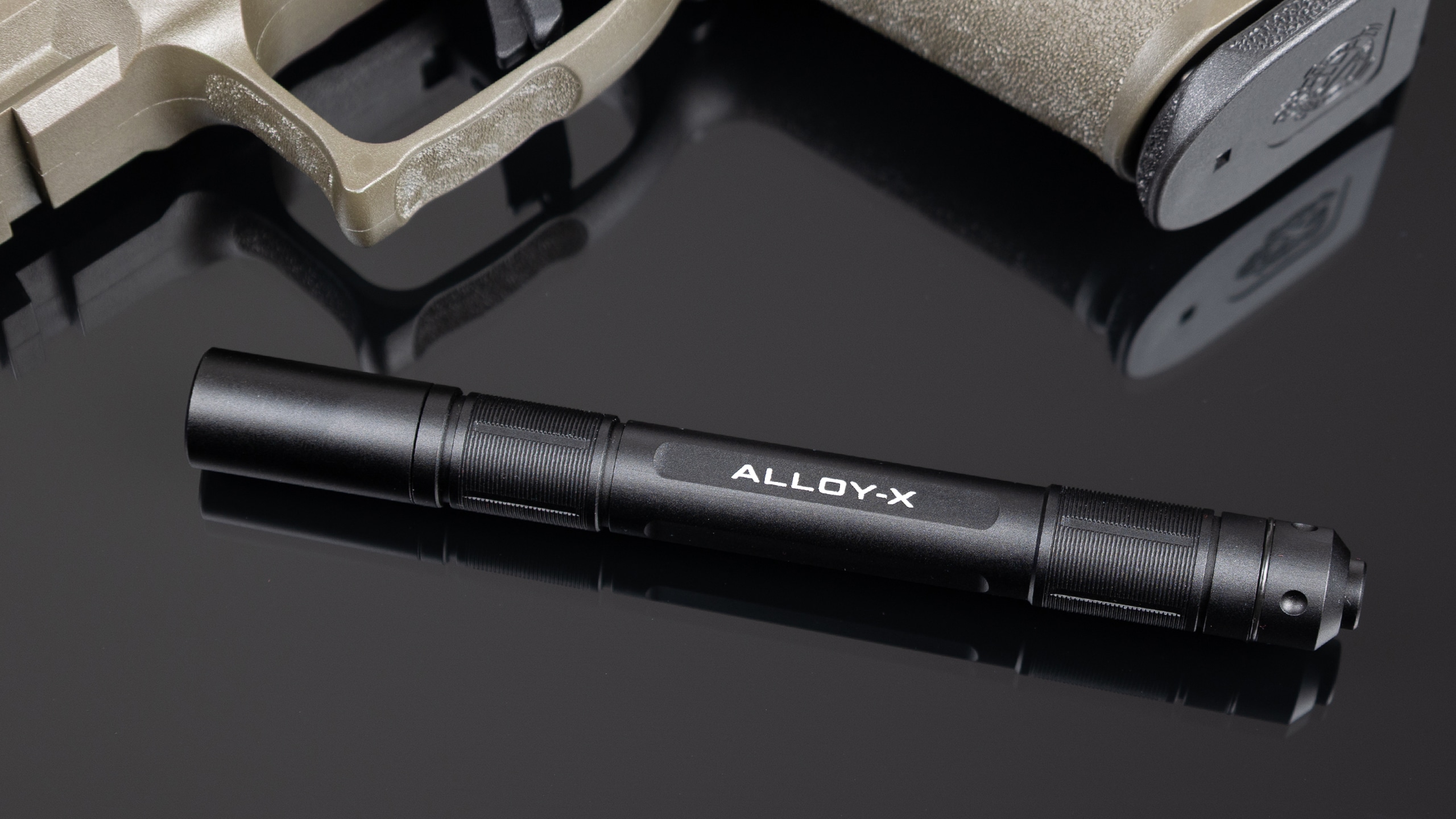



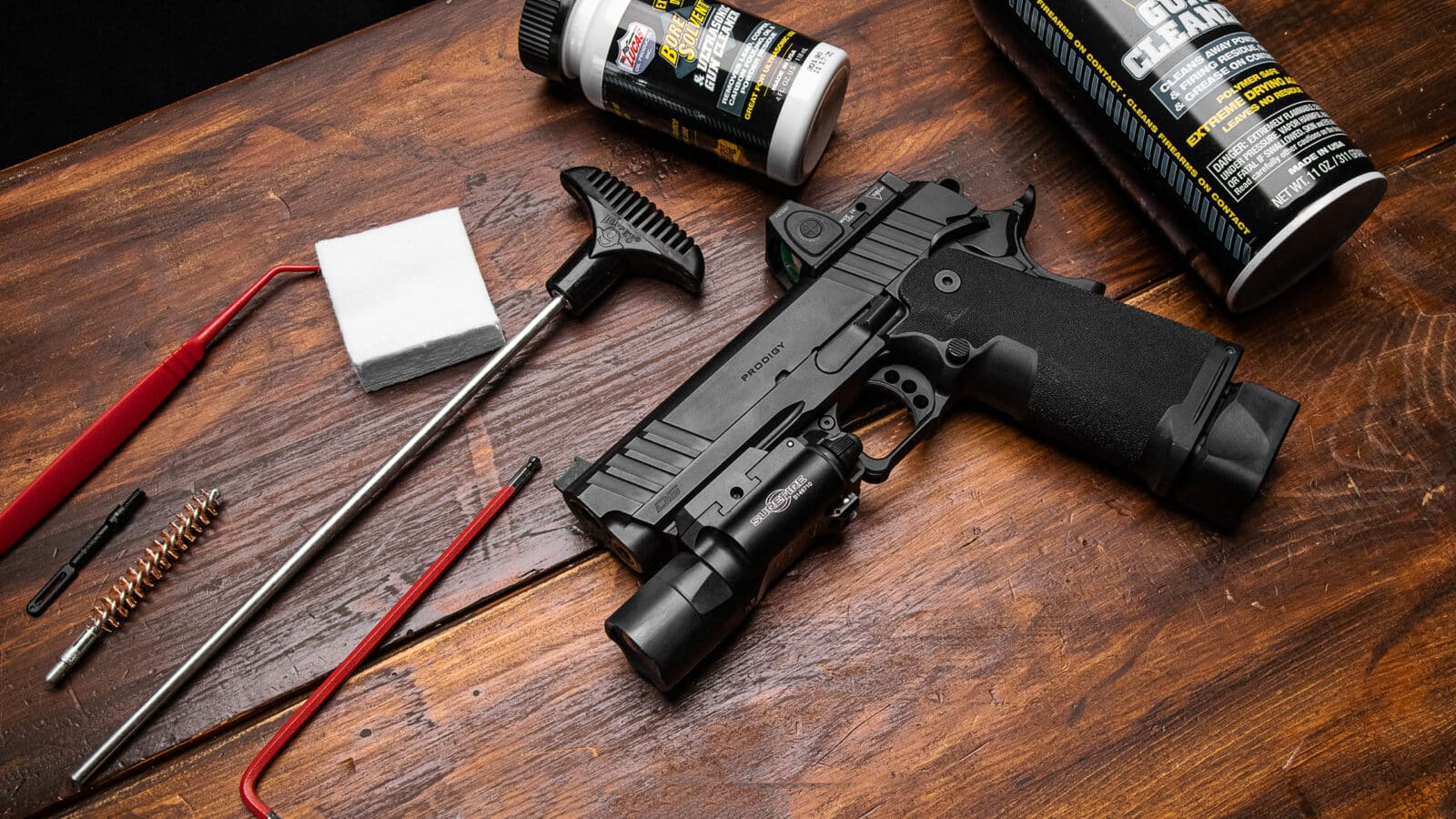








Leave a Reply